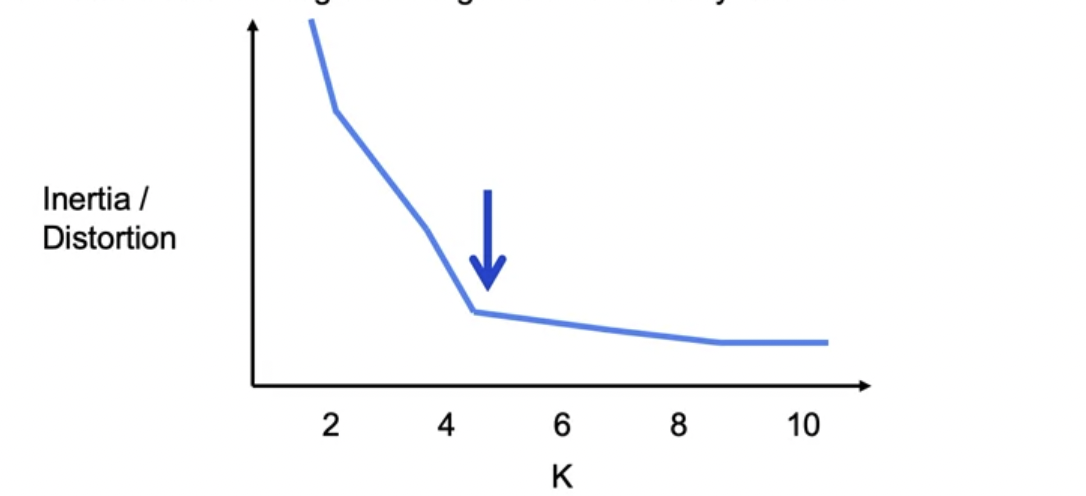K-Means
Tags: K-Means, Unsupervised, Week1
Categories: IBM Machine Learning
Updated:
K-Means
algorithm
- taking K random points as centroids.
- For each point, decide which centroid is closer, which forms clusters
- Move centroids to the mean of the clusters
- repeat 2-3 until centroids are not moving anymore
K-Means++
It is smart initialization method. When adding one more point, no optimal is often happen if two points are close. Thus, pick next point with probabilty proportional to distance from the centroid.
Choosing right K
e.g.)
K = cpu core
K is fixed to target number of clusters
Intertia
Similar values corresponds to tighter clusters. But Value senstivie to number of points in cluseter
Distortion
Adding more points will not increase distortion.
Elbow Method
We initiate K-mean several times, and choose the one with lowest distortion or inertia. Find a point where the decrement of value is lower.

Code
from sklearn.cluster import KMeans, MiniBatchKMeans
kmeans = Kmeans(n_clusters=3, init='k-means++', max_iter=300, n_init=10, random_state=0)
kmeans = kmeans.fit(X1)
y_predict = kmeans.predict(X2)
Inertia
inertia = []
list_clusters = list(range(10))
for k in list_clusters:
kmeans = KMeans(n_clusters = k)
kmenas.fit(X1)
inertia.append(kmeans.inertia_)

Leave a comment